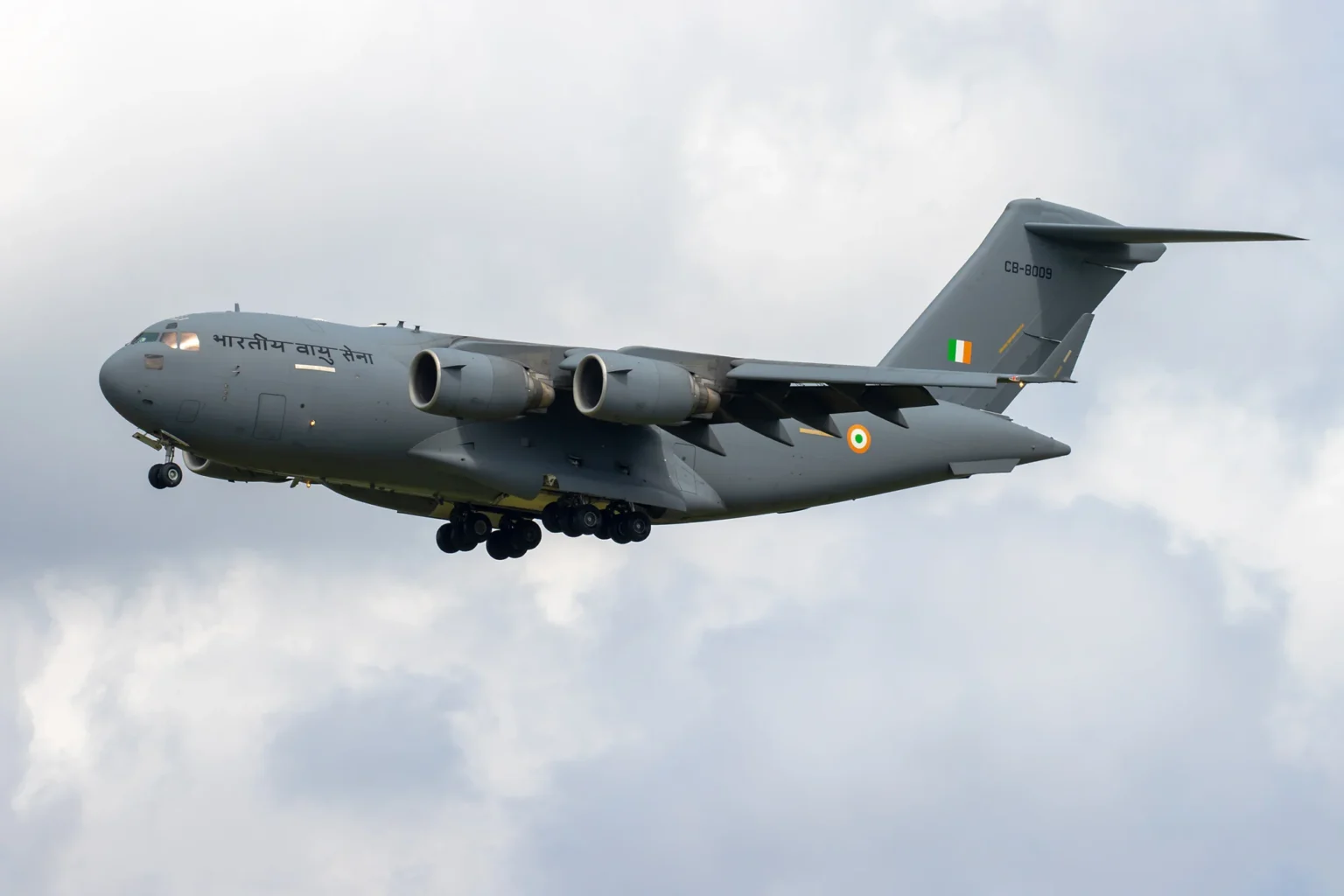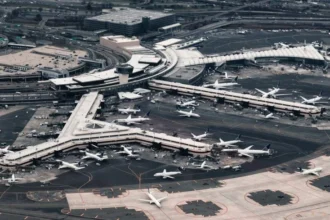NEW DELHI, JUNE 26, 2025
India’s massive evacuation campaign, Operation Sindhu, continues its humanitarian mission in war‑torn Iran and Israel. A special flight landed in Delhi just after midnight on June 25, carrying 282 more Indian nationals from Mashhad, pushing the tally to 2,858 evacuees from Iran alone.
Including airline and military airlifts from Israel, the total stands at 3,170 people, which also includes a few Sri Lankan and Nepali nationals rescued under India’s regional cooperation efforts.
Real-Time Rescue: The Latest Flight
MEA Spokesperson Randhir Jaiswal confirmed the safe landing, noting aboard were students, pilgrims, families, and workers, many of whom endured missile sirens, power cuts, and fears of being stranded. Among them was Syed Adil Mansoor, who said, “The embassy supported us very much… I am thankful to them”.
Another evacuee, Saiyada Jeniffer Rizvi, described life in Tehran as “terrible,” adding that without embassy help she and her child would have been in serious trouble.
Stories from the Evacuees
1. 14 Hours of Fear
Pilgrims from Lucknow recalled 14-hour non-stop bombardment, tireless sirens, and relentless panic before being moved safely from Mashhad . Many are still appealing for medical help, including a diabetic man stranded alone.
2. Help from Strangers
A traveler recounted being stranded in Tehran after his Mount Damavand hike. With Azerbaijan and Armenia borders closed, locals like nurse Zohreh and taxi driver Zafar helped him reach Mashhad, where he was evacuated.
3. Student Trauma in Israel
Indian PhD student K Aparna, studying in Tel Aviv, described nighttime missile sirens and sheltering within minutes as rockets neared her campus—until she was evacuated under Operation Sindhu.
4. Mental Toll of War
Patnan student Shagoofa Ali recounted sleepless nights and constant sheltering over ten days on her Israeli campus; still, she praised the embassy coordination via Tel Aviv and Jordan.
Logistics: Complex, Coordinated, Compassionate
Operation Sindhu began on June 18, quickly scaling with:
Ground assistance via the Indian Embassy in Tehran and a 24×7 New Delhi helpline.
Land routes: Students moved from northern Iran to Armenia by bus before boarding flights to Delh.
Air corridors: After Iran’s temporary airspace opening, India operated direct Mashhad‑Delhi flights.
Regional routing: From Israel, IAF C‑17s airlifted evacuees via Jordan and Egypt.
On June 24 alone, two flights from Iran evacuated 573 people, including Sri Lankan and Nepali nationals—raising the total to 2,576 evacuees from Iran before the latest flight increased that number to over 3,100 overall.
Multi-Dimensional Support on Land and in the Air
Evacuees consistently praised:
Near-instant ground pickup: embassy teams, assisted by local volunteers, picked evacuees from residences and shelters.
Safe hotel stays: evacuees were housed with full meal and medical support until departure.
Welcome in Delhi: Ministers like Pabitra Margherita, Kirti Vardhan Singh, and Shobha Karandlaje personally received flights, honoring both evacuees and foreign citizens escorted back.
Diplomatic & Regional Collaboration
Iran’s decision to open airspace was pivotal—permitting direct repatriation flights during restricted times.
Support from Armenia, Jordan, Egypt, and Turkmenistan via transit corridors underscores India’s diplomatic reach during crise.
The Bigger Picture: What Operation Sindhu Demonstrates
1. Rapid humanitarian mobilization: From strike to first flight in three days—ground and air operations ran in tight coordination across borders.
2. Civil-military collaboration: A mix of charter and IAF flights ensured both scale and security amid dangerous corridors.
3. Coping with fragile ceasefire: Despite calm reported on June 24, limited airstrikes continued, making flexibility essential.
4. Regional leadership: By assisting foreign nationals and leveraging diplomatic goodwill, India enhances its global humanitarian footprint.
What Lies Ahead
New flights planned: MEA has indicated additional departures from Mashhad in the coming days, targeting up to 4,000 stranded Indians.
On-going contact zones: Embassy helplines remain active, ready for evacuees seeking help—even after the main push ends.
Crisis comparisons: India applies lessons from past evacuations like Operation Ganga (Ukraine, 2022) and Operation Sukoon (Lebanon, 2006) to refine evacuation strategies.
Final Word
Operation Sindhu is more than just evacuations—it’s a testament to India’s capability to coordinate rapid, compassionate relief at scale. For those returning, like students, families, and professionals, it offers relief, reunion, and a powerful reminder: even in global turmoil, home is never out of reach.
Though uncertainty persists, the Indian government’s unwavering commitment—through air, ground assistance, and diplomacy—has offered respite to thousands. For the evacuated, the journey home is just the beginning of healing and rebuilding.













